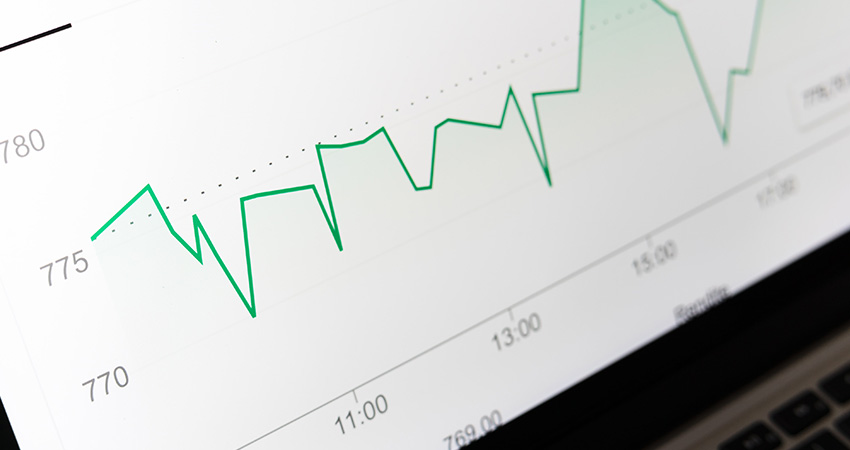All-inclusive retail sales, adding in gasoline, restaurants and automotive, rose 0.56% in August vs. an adjusted 0.5% in July, the Commerce Department reported, the fifth consecutive month of modest gains after a period of retreat.
Excluding gasoline and automotive but including restaurants, retail sales were up just 0.16% last month on a consecutive basis, adjusted for seasonal variation, down from a 0.71% increase in July, as rising fuel prices impacted spending in other areas. Compared to August 2022, this figure was up 3.47%.
The National Retail Federation came up with a similar figure for August, pegging sequential growth at 0.1%, also excluding gas, auto and restaurants and seasonally adjusted, but had July up 0.7% vs. 0.5% for the Commerce Department.
“NRF’s numbers show the pace of retail growth cooled from July but that consumers are still active even as they continue to be selective and price sensitive,” NRF Chief Economist Jack Kleinhenz said in a release. “Households have the capacity to spend, but momentum is slowing, in part because savings built up during the pandemic are running lower and credit costs are rising. Consumer spending growth has slowed but there is little hint of any sudden collapse.”
Among broad retail categories, apparel and electronics sales saw the biggest gains in August, Commerce reported, increasing .88% and 0.7%, respectively, driven by back-to-school spending. Sales of furniture and home furnishings declined 1.01% and sporting goods dropped 1.64% as the summer wound down. General merchandise sales were up 0.3% and ecommerce was flat.
In related news, a U.S. consumer sentiment index jointly issued by Ipsos and the London Stock Exchange Group showed a very slight drop between August and September, from 52.2 to 52, but it was up nearly 2% from 50.2 at the start of the year. The partners said the index is showing relative stability after months of alternating gains and losses. The results were based on a survey of 1,000 U.S. consumers aged 18-74 from Aug. 25-Sept. 8.
“For the third consecutive month, consumer confidence is significantly higher than it was a year ago,” said Johnny Sawyer, a research manager with Ipsos. “Despite overall stability of consumer confidence this month, the jobs’ sub-index has fallen to its second lowest point of the year, primarily due to a drop in Americans’ confidence in their job security. This decline comes amid an unexpected rise in the unemployment rate in August.”
Despite the dip in sporting goods, leaders including Dick’s Sporting Goods, Academy Sports & Outdoors and Hibbett Sports all reported strong back-to-school sales in late July and early August, primarily in apparel and footwear, Baird analyst Peter Benedict noted.
“Retail sales growth remains bifurcated, with relative strength in needs-based products such as auto parts offset by continued pressure in big-ticket discretionary categories,” Benedict said in a research note. “Growth in certain non-discretionary categories like grocery also continued to slow, now slightly below core sales, as inflationary tailwinds fade.”
David Silverman, Senior Director of Fitch Ratings, said the declines in electronics and home-related segments was not unexpected, as was growth in food and beverage (up 2.07% in August on an adjusted basis) and health/personal care (up 7.21%). He said Fitch views the U.S. consumer as “relatively healthy,” based on low unemployment and declining inflation.
“Headwinds are emerging, however, including lower consumer savings and potential budget impacts from the resumption of student loan payments this fall,” Silverman said in a note. “Fitch expects modest retail sales growth, albeit driven by inflation, can continue in the near term, yet with continued volatility by category, particularly those with outsized growth during the pandemic.”

